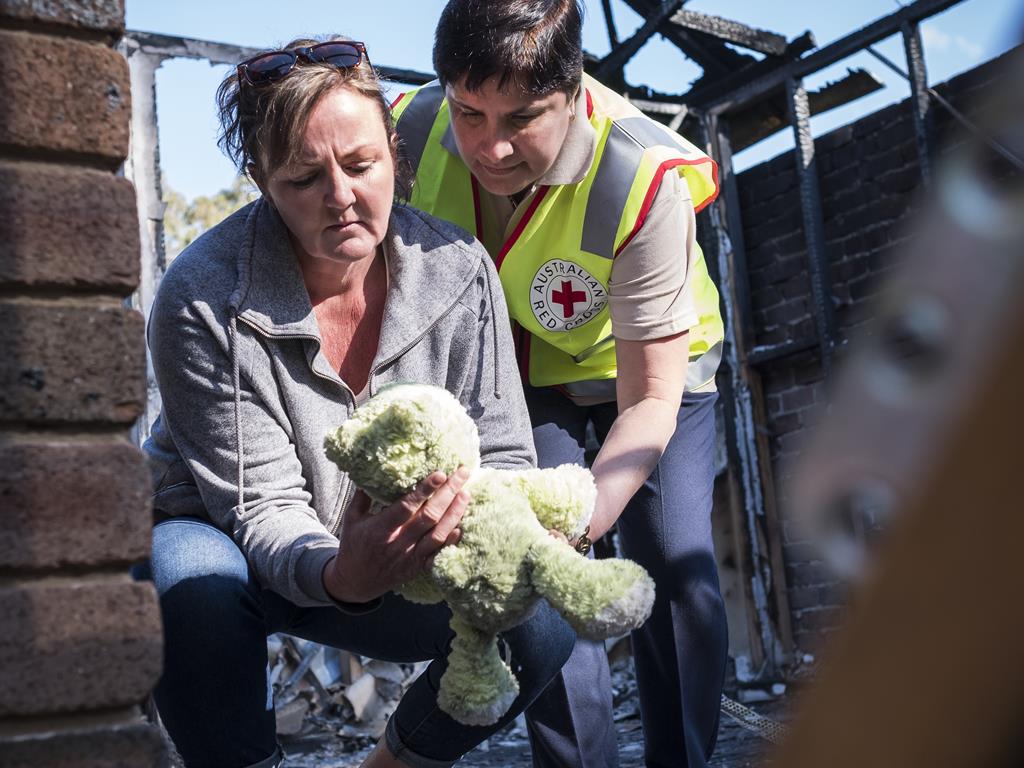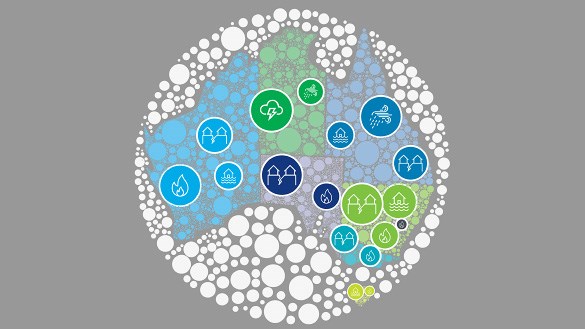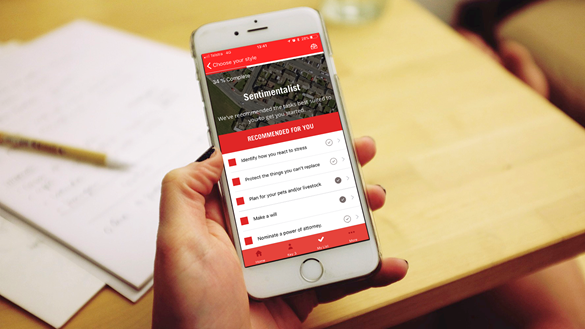How to save billions on disaster recovery
A new report finds disasters are costing us more every year. The $18.2 billion price tag is truly staggering but what of the human cost? The total costs of natural disasters in Australia is forecast to increase from $18.2 billion to $39 billion per year by 2050, according to a new report released by the Australian Business Roundtable for Disaster Resilience and Safer Communities.

The report found the total economic cost of natural disasters in Australia over the 10 years to 2016 averaged $18.2 billion per year, equivalent to 1.2% of average Gross Domestic Product (GDP).
In real terms, total economic cost is forecast to grow by 3.4% per year, double by 2038 and by 2050 to be around $39 billion per year.
Australian Red Cross CEO, Judy Slatyer, said the report finds that resilience investment creates many additional benefits beyond the financial bottom line.
“Natural disasters have a deep social impact on individuals and communities that can last for years,” Ms Slatyer said.
“Relatively small investments now in things such as community education, emergency kits, and encouraging connected and strong communities is the best way to reduce the costs of disasters.
“If resilience projects became embedded in all relevant areas of government planning and policy, we’d see an increase in jobs and community confidence that would drive a stronger economy.”
IAG Managing Director and CEO, Peter Harmer, said the report also examines the role of state and territory governments and local councils and how they can effectively build resilience in communities, along with other jurisdictions, businesses and not for profit organisations.
“The report finds that more than 9 million Australians have been impacted by a natural disaster,” Mr Harmer said.
“That is why we all have a role in ensuring that we are as best prepared as we can be for the impact of natural disasters, led by all levels of government in collaboration with communities, businesses and the not for profit sector.
“State governments play a major role in how a community responds to natural disasters. As well as emergency management and disaster recovery, they influence prevention and preparedness through data collection and provision, infrastructure and land use planning, building codes and community initiatives.”
"Natural disasters have a deep social impact on individuals and communities that can last for years."
The report outlines that each state and territory faces different natural hazards which impact the total cost of natural disasters in their jurisdiction, as well as which tools will best build and foster resilience. For instance, over the past decade, Queensland has borne the brunt of natural disaster costs in Australia, with natural disaster events comprising 60% of the nation’s total costs.
As such, the report makes recommendations on how states can use their existing areas of responsibility to address the current barriers to building resilience.
The Roundtable believes that collaboration is important in addressing the national challenge of the increasing costs of natural disasters, across all levels of government, as well as with the private sector, not-for-profits and communities.
As part of the Roundtable’s commitment to helping to address this challenge, it called on all levels of governments to work with it to co-design a framework to prioritise and assess the most effective resilience projects and locations.
Roundtable members are united in their commitment to work with governments to find solutions to build more resilient communities and a safer Australia.

Building resilience to natural disasters in our states and territories
Australian Business Roundtable for Disaster Resilience and Safer Communities
About the Australian Business Roundtable for Disaster Resilience & Safer Communities
The Australian Business Roundtable for Disaster Resilience & Safer Communities was formed in 2012 to influence public policy via evidence-based reporting on the unsustainable cost of disasters on life, property and the economy.
The Roundtable members are the Chief Executive Officers of the Australian Red Cross, IAG, Investa, Munich Re, Optus and Westpac.
Members of the Roundtable champion the need for a sustainable, coordinated national approach to make communities more resilient and people safer. They believe that national investment in disaster resilience and preventative activities is the most effective way to protect communities and reduce the impact of disasters.

Are your ready?
Australian Red Cross has joined with general insurer IAG to co-create the Get Prepared app, which aims to make preparing for an emergency simple. The Get Prepared app helps users make a plan, build an emergency kit list and store key contacts, with plenty of tips to make people safer.
Charity donations of $2 or more to Australian Red Cross may be tax deductible in Australia. Site protected by Google Invisible reCAPTCHA. © Australian Red Cross 2024. ABN 50 169 561 394